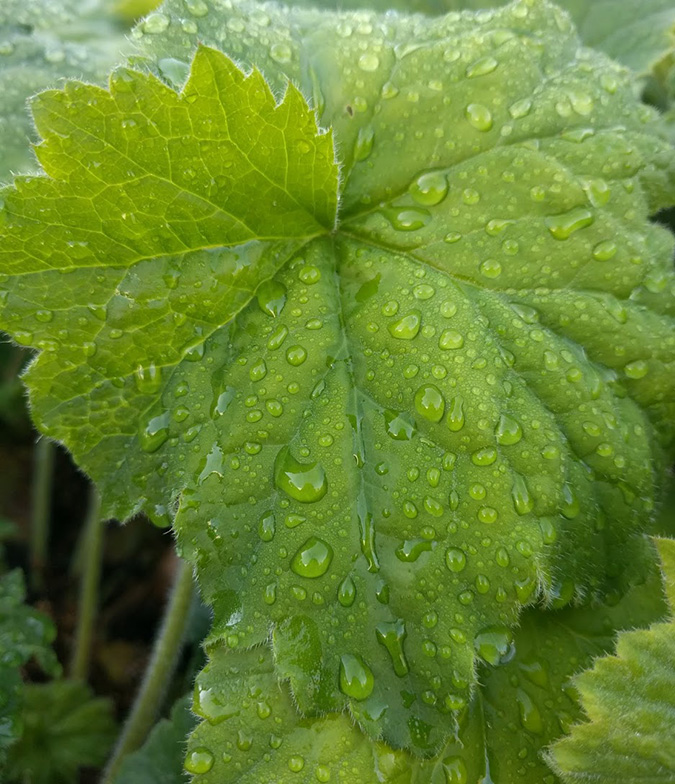| |
UT Gardens’ October 2019 Plant of the Month: Coral Bells
Submitted by Alexandria Smith, Plant Collections Curator and Horticulturist, UT Gardens, Knoxville; asmit288@vols.utk.edu
Ring in chilly weather with these evergreen beauties

Heuchera villosa ‘Autumn Bride’ has stunning foliage and is featured in Andrew Pulte’s (UT Department of Plant Sciences) award-winning teaching garden around the South Greenhouse at UT Gardens, Knoxville. Photo by A. Smith, courtesy UTIA. |
As fall approaches and tender perennials start to die back, one of my favorite plants starts to take center stage in the shade garden. Heuchera, commonly known as coral bells or alum root, have long been a favorite of gardeners, prized for the large variety of colorful cultivars and their evergreen foliage. Several species of Heuchera are native to the U.S., and coral bells were among the first plants to be sent back to Europe in the 1600s by early American explorers. They were sent to be studied for medicinal properties. Native Americans used the roots for their astringent properties for sore throats, ulcers and nose bleeds. The leaves are also astringent, thus generally left alone by rabbits and deer.
As a woodland plant, coral bells prefer part sun to full shade and well-draining soil that has high organic matter content. Once established, coral bells are fairly easy to maintain and have minimal pest issues. To keep coral bells from getting leggy and drying out in the center, they should be divided every three to four years. Along with beautiful foliage, coral bells also provides lovely blooms. Starting in late spring and continuing into summer months, slender stems rise above the mounded foliage with tiny bell-shaped flowers. Flower colors range from white to light pink and the blooms make excellent additions to flower arrangements.
Both H. americana and H. villosa have contributed significantly to the hybrids seen on the market today. Several new varieties tout tolerance of full sun and humidity, but the effects of our hot Tennessee summers are visible as signs of leaf scorch become prevalent during extreme heat if coral bells are planted in full sun. For our area, the humidity and heat tolerance of H. villosa hybrids have increased performance and vigor. In recent years, hybridized varieties have given gardeners a lush palette of color shades. Shades of foliage range from greens, reds, purples, silvers and oranges—making this plant a must have for multiseason interest in the shade garden.
A few cultivars that have stood out at UT Gardens, Knoxville, include ‘Caramel’, ‘Midnight Rose’, ‘Autumn Bride’, ‘Plum Pudding’ and ‘Southern Comfort’.
Coral bells look their best when planted with companion plants such as hosta, astilbe, ferns and ornamental grasses. Coral bells also make great container plants for year-round interest. Like hosta, you can’t have just one of these gems in your garden. With each cultivar being different, coral bells are the perfect, fuss-free plant to add color to your shade garden.
The UT Gardens includes plant collections located in Knoxville, Jackson and Crossville. Designated as the official botanical garden for the State of Tennessee, the collections are part of the University of Tennessee Institute of Agriculture. The Gardens’ mission is to foster appreciation, education and stewardship of plants through garden displays, educational programs and research trials. The Gardens are open during all seasons and free to the public. For more information, see ag.tennessee.edu/utg.
Published October, 2019 |

